| Berlin has dozens of high quality museums and we spent an entire day on Museum Island seeing some of the best archaeological material. |
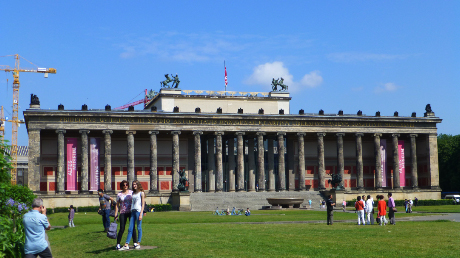 |
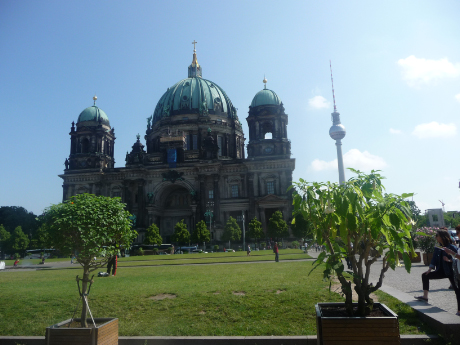 |
| This is the New Museum. It is really quite old, but it is newer than the Old Museum nearby. |
The Berlin Church |
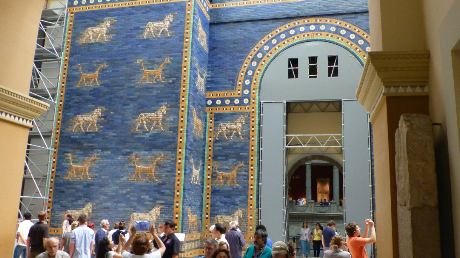 |
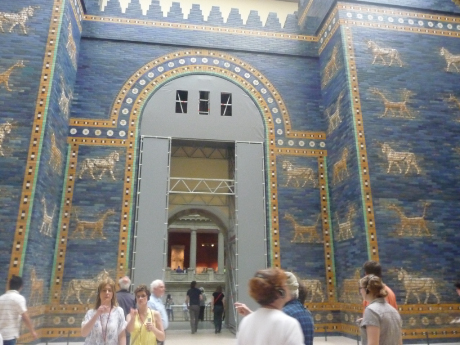 |
| We went to the Pergamon Museum, which was built specifically to house the Altar of Pergamon, which the Germans had "lifted" from Asia Minor in the early 1900s. Unfortunately, the exhibit is closed until 2020. They do, however, have some other treasures, like the monumental Gate of Ishtar and the Sacred Way. |
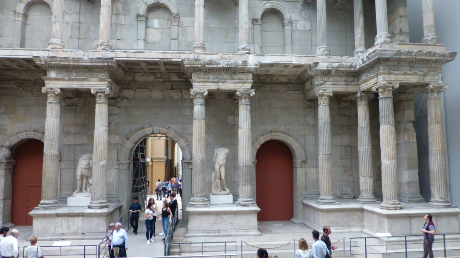 |
 |
| The Museum also houses the Market Gate of Miletus, one of the largest structures contained in a museum. |
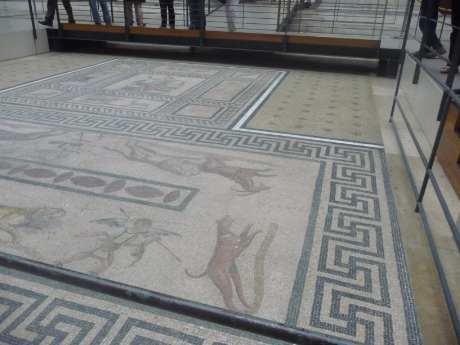 |
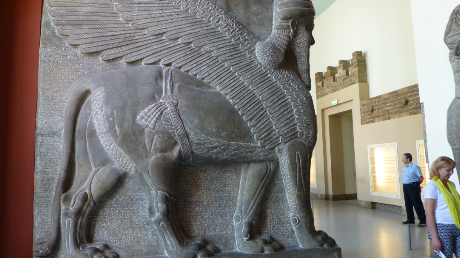 |
| Some of the original Roman mosaics have also been reconstructed in the Museum. |
The Museum also houses a nice collection of Assyrian art. |
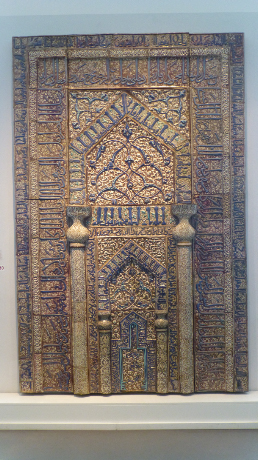 |
 |
| The third major collection in the Pergamon Museum is the Islamic collection, including this elaborate prayer "niche" (which is actually flat). |
The New Museum houses Egyptian and Greek art including a large collection of tomb paintings. |
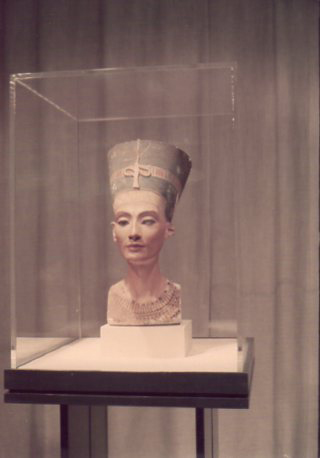 |
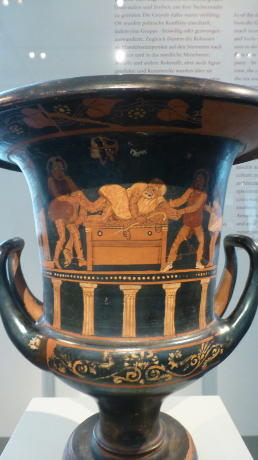 |
| The crown jewel of the New Museum is the head of Nefertiti. They do not allow you to photograph it anymore but here is a shot from the 1970's. It has not changed a bit. |
The Museum has a very large collection of Greek vases, many of them in remarkable shape. This is what Pat feels like in the morning. |
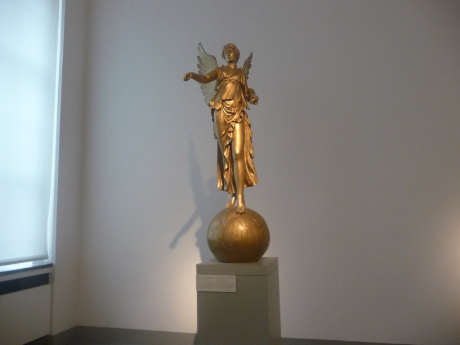 |
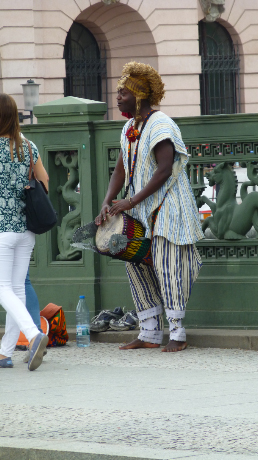 |
| A winged Victory on a globe. |
Outside the Museums there were parks and street entertainers as well. |
 |
|
| German efficiency: a chocolate shop on the ground floor with a dentist office above it. |
|
 |
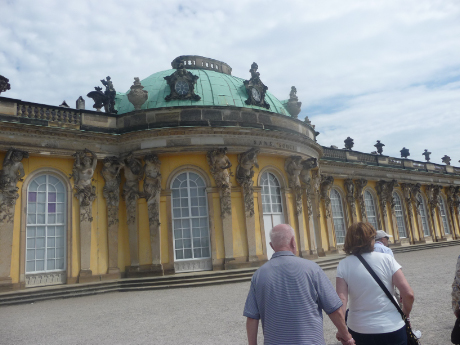 |
| Leaving Berlin we headed for the Elbe to meet our ship and made a stop along the way at Sanssouci, a summer palace built by Frederick the Great of Prussia in the mid 1700s. It is notable for its huge gardens and sweeping views. |
The palace itself is extremely ornate, both inside and out. It is often compared to Versailles, although the building is much smaller. |
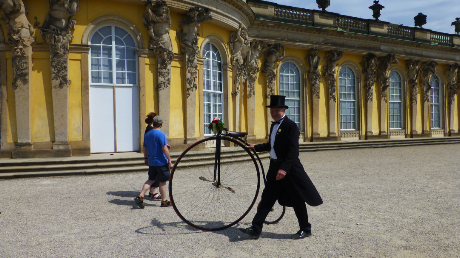 |
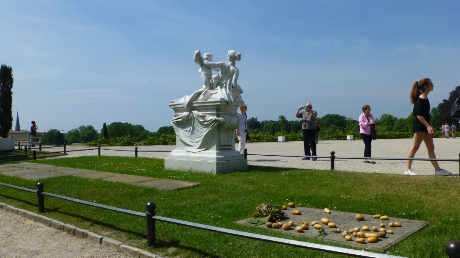 |
| There were a number of men wandering around with penny-farthing cycles. We never did find out why. |
The tomb of Frederick the Great. People still leave offerings of potatoes, which Frederick introduced to Germany as a staple crop. |
 |
 |
| In addition to the natural views, Frederick included "follies" --mock ruins like these of a non-existent Roman villa. He wanted to use it as a water system to bring water to the many fountains, but it never really worked until a steam pump was invented and installed there. |
On the way to the ship we also passed over the famous Bridge of Spies, where the Soviets and the Americans used to exchange prisoners. The most famous of these is Gary Powers, the U-2 pilot shot down in 1960. |




















